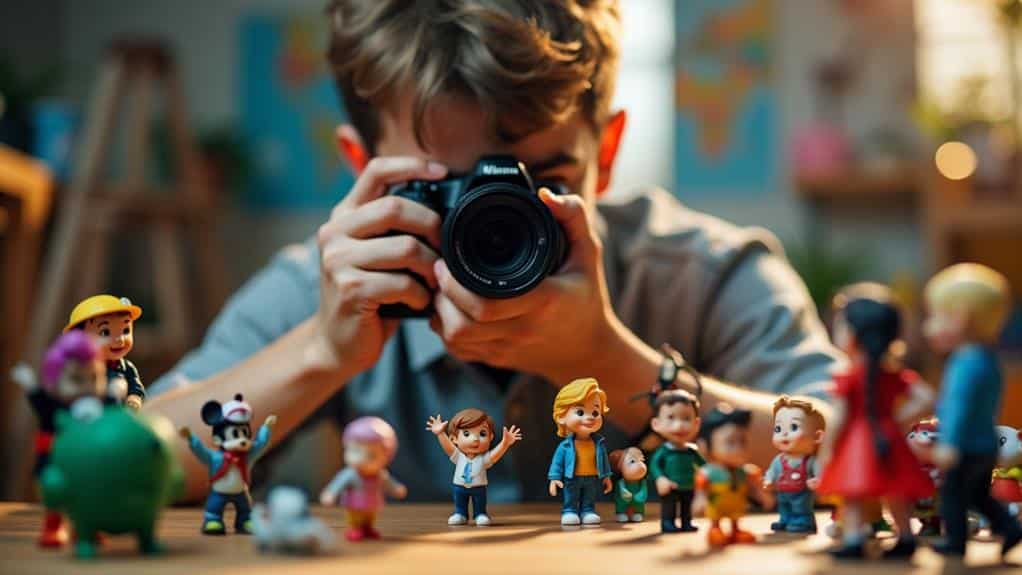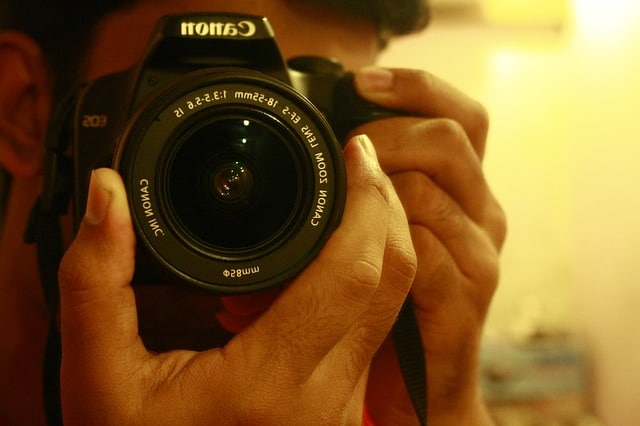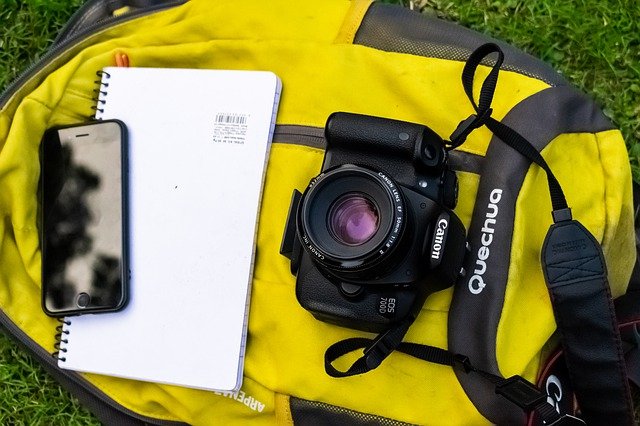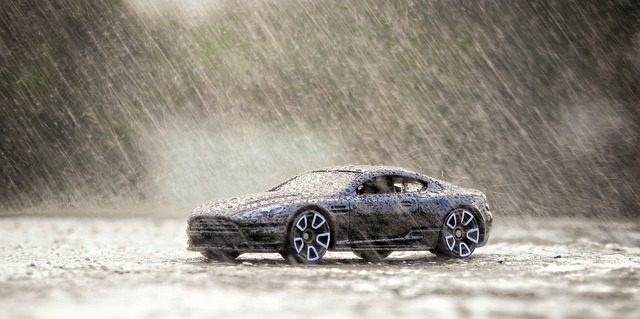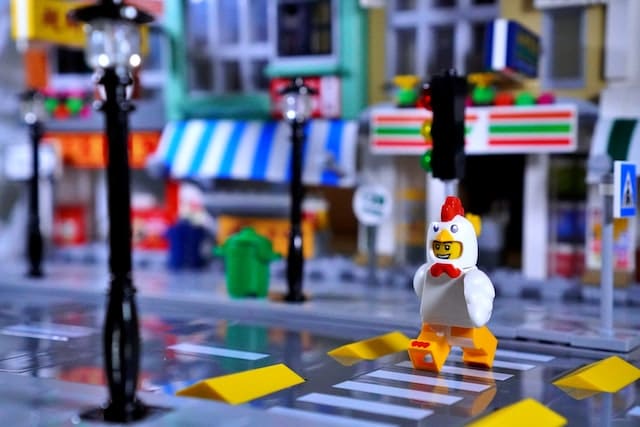You’ve got the camera and the toys, but what sets your photos apart from simple snapshots? It’s not just about pointing and shooting – it’s about crafting a visual story. By composing your shots, you can turn a stagnant scene into a dynamic, engaging image. You balance the elements in the frame, guide the viewer’s eye, and create a narrative that draws them in. But what makes a well-composed image, and how can you apply these principles to your toy photography? The answer lies in understanding the fundamental elements of composition, and that’s where the journey begins. As you explore the various techniques of composition, you’ll discover how to use lines, shapes, and colors to enhance the storytelling aspect of your images. Mastering composition in toy photography not only elevates your work but also invites viewers to see the world of toys in a new light, encouraging them to connect with each scene in a deeper way. Whether it’s through framing, leading lines, or the rule of thirds, each choice you make brings you closer to capturing the essence of your subjects and the narrative you wish to convey.
Balance Elements in the Frame
Your scene is set, and your toys are positioned – now it's time to balance the elements in the frame. You're aiming for a visually appealing arrangement that draws the viewer's eye to your subject. Start by considering the visual weight of each element. Larger or darker objects carry more weight, while smaller or lighter ones have less. Balance heavy elements with lighter ones to create a sense of harmony. When working with balance, also consider the importance of lighting in your scene, as it can greatly impact the mood and atmosphere Lighting in Toy Photography. The right lighting can make or break a photo, so make sure to experiment with different light angles and directions.
You're also working with symmetry and asymmetry. Symmetry can create a sense of order and stability, but it can also feel static. Asymmetry, on the other hand, can add dynamism and interest. Don't be afraid to experiment with both approaches to see what works best for your scene. Move your toys around, and take test shots to evaluate the balance. Remember, balance is subjective, so trust your instincts and make adjustments accordingly. By balancing elements in the frame, you're creating a cohesive and engaging image that showcases your toy photography skills. Keep tweaking until you find the perfect balance that tells the story you want to tell
Play With Depth of Field
You can add a new level of creativity to your toy photography by playing with depth of field. By adjusting the aperture, you can control the amount of blur in the background, making your subject stand out or blend in. Understanding the exposure triangle, which consists of aperture, shutter speed, and ISO exposure triangle basics, will also help you make informed decisions when experimenting with depth of field. Experimenting with different focal lengths will also give you more options for creating unique and enthralling images
Aperture and Blur
In the domain of toy photography, mastering aperture and blur is crucial for creating visually appealing images. When you adjust the aperture, you're controlling the amount of light that enters the lens, which in turn affects the depth of field. A larger aperture (smaller f-stop number) means a shallower depth of field, where your subject is in sharp focus and the background is blurred. Conversely, a smaller aperture (larger f-stop number) results in a deeper depth of field, where more of the image is in focus.
Focal Length Options
Mastering aperture and blur is just the beginning of creating enchanting toy photography images. Now it's time to experiment with focal length options to add more depth and interest to your compositions. You can use different lenses or adjust your camera's settings to achieve a range of effects. A wide-angle lens, for instance, can capture the entire scene and create a sense of grandeur, while a telephoto lens will compress the perspective and isolate your subject.
When playing with depth of field, you can also experiment with macro lenses to capture the intricate details of your toys. This will add a level of intimacy and fragility to your images. You can also use a shallow depth of field to blur the background and make your subject pop. Conversely, a deep depth of field will keep the entire image in focus, creating a sense of realism. Don't be afraid to experiment with different focal lengths to find what works best for your creative vision. By combining aperture, blur, and focal length options, you'll be able to create intricate, enchanting images that capture the magic of your toy photography.
Rule of Thirds Explained
When composing a shot in toy photography, one technique that can instantly elevate the visual appeal of your image is the rule of thirds. You're probably familiar with the idea of centering your subject, but the rule of thirds takes it a step further. To capture magical moments in toy photography, consider using a wide aperture setting to achieve a blurred background effect, which can be achieved with lenses like the Canon EF 100mm f/2.8L IS USM Macro Lens Macro Lens Capabilities. Imagine your image is divided into thirds both horizontally and vertically, creating nine equal parts. Instead of placing your subject directly in the center, position it along one of the lines or at their intersections
Leading Lines to Success
Building on the composition skills you've developed with the rule of thirds, you can take your toy photography to the next level by using leading lines to guide the viewer's eye through your image. Leading lines are visual elements that lead the viewer's eye to the subject, creating a sense of depth and direction. You can use various objects to create leading lines, such as roads, paths, shorelines, or any continuous feature that leads to your subject.
When using leading lines, you need to pay attention to the placement of your subject. Position your subject at the end of the leading line, rather than in the middle, to create a sense of movement and direction. Also, experiment with different angles and perspectives to add more interest to your leading lines. By incorporating leading lines into your composition, you can create more dynamic and engaging images that draw the viewer's eye to your subject.
Framing Your Miniature World
You're now ready to frame your miniature world, where defining the frame boundaries is vital in creating a visually appealing image. By doing so, you'll be able to control what's included and excluded from the scene, drawing the viewer's attention to your toy subject. As you frame your shot, you'll also need to ponder where to place your focal point to maximize impact.
Defining the Frame Boundaries
The frame boundaries in toy photography serve as the unsung heroes of your miniature world, subtly guiding the viewer's eye and setting the tone for the entire scene. When you define the frame boundaries, you're effectively creating a window into your miniature world. You decide what's included and excluded, which shapes the narrative and atmosphere of your photograph.
As you compose your shot, consider the edges of the frame. Don't just focus on what's inside; think about what's outside, too. Ask yourself: What do I want to reveal, and what do I want to conceal? You might choose to crop in tight to emphasize a particular element or create a sense of intimacy. Alternatively, you might pull back to reveal more of the scene, creating a sense of expansiveness or context.
Experiment with different framing techniques, such as using physical barriers, like walls or doorways, or abstract boundaries, like light and shadow. By intentionally defining the frame boundaries, you'll create a more compelling and immersive image that engages your viewer and draws them into your miniature world.
Focal Point Placement
As you master the art of defining the frame boundaries, your attention shifts to what's happening within those boundaries. You're now tasked with deciding where to place your subject, and that's where focal point placement comes in. In photography, a focal point is the area within an image that draws the viewer's attention. Crucial to deliberately place your subject in a specific location to create visually appealing images.
You're basically directing your viewer's gaze, so consider what part of the scene should be the star of the show. Don't be afraid to experiment – try placing your subject in different locations within the frame. Balance and harmony are key. Ask yourself, is the scene too busy or too dull? Are there distractions? Does the composition flow naturally? By carefully selecting the focal point, you control the narrative of your image. Effective focal point placement elevates your image from a snapshot to a deliberate, artistic composition, adding another layer of meaning and depth to your toy photography.
Negative Space for Impact
With each shot, consider how negative space can elevate your toy photography from good to great. You're not just capturing the toy, but the space around it, too. Negative space is the area between and around objects, and it can add context, simplicity, and even drama to your images. Don't be afraid to experiment with empty space – it can make your subject stand out and create a sense of depth.
As you compose your shot, ask yourself if the negative space is working for or against you. Is it distracting, or does it lead the viewer's eye to the subject? You can use negative space to create a sense of isolation, emphasizing the toy's smallness or vulnerability. Or, you can use it to create a sense of grandeur, making the toy seem larger-than-life. Pay attention to the balance between positive and negative space, and adjust your composition accordingly. By thoughtfully incorporating negative space, you'll add impact and emotion to your toy photography, drawing the viewer in and keeping them engaged.
Visual Weight and Symmetry
Balancing visual weight and symmetry is key to creating a compelling composition in toy photography. You achieve visual weight by using elements such as color, size, and placement to draw the viewer's attention to specific parts of the image. Symmetry, on the other hand, provides a sense of order and stability. When you balance these two elements, you create a visually appealing image that engages the viewer.
To balance visual weight, you need to distribute the elements in your scene thoughtfully. For example, if you have a bright, bold toy on one side of the frame, balance it with a similar element on the other side or use negative space to create a sense of equilibrium. You can also use symmetrical elements like patterns, shapes, or lines to create a sense of harmony. Don't be afraid to experiment with different compositions until you achieve a balance that works for you. By doing so, you'll create an image that's not only visually appealing but also tells a story.
Experiment With Angles
Experiment With Angles
Because shooting from the same old perspective can get stale, experimenting with angles is essential in toy photography. You capture more dynamic and interesting photos by changing your vantage point. Get low, climb high, or try a bird's-eye view – the possibilities are endless. Don't be afraid to experiment and find new angles that add a twist to your photos.
Look for unusual vantage points, like peeking from behind a toy or object, or getting really close to your subject. Angles can help you hide or reveal certain elements, adding mystery or emphasis. You can also create motion or tension by shooting at an angle or from below. Pay attention to lines leading up or diagonally across your frame to create depth. Remember to adjust your camera settings, such as lighting and exposure, to accommodate your unique angle. As you take more risks and try different angles, your toy photography will become more mesmerizing, and your compositions more deliberate.
Focus on Storytelling Moments
Often, the most enchanting toy photos are those that tell a story, drawing the viewer in and sparking their imagination. You can create these storytelling moments by focusing on the interactions between toys or the emotions they evoke. Think about the narrative you want to convey and arrange your toys accordingly.
You're not just taking a photo of a toy; you're crafting a scene that transports the viewer into a world of fantasy. You can create a sense of drama by using lighting to create shadows and highlights. Consider using a shallow depth of field to isolate your subject and blur the background, drawing attention to the storytelling elements.
When composing your shot, think about the emotions you want to evoke. Is it a sense of adventure, excitement, or nostalgia? Use the toys' poses, facial expressions, and body language to convey these emotions. Don't be afraid to get creative and try out different scenarios. The more you experiment, the more you'll develop your storytelling skills and capture the essence of toy photography. By focusing on storytelling moments, you'll elevate your photos from simple snapshots to mesmerizing images that engage and inspire.
At a Glance
You've mastered the fundamentals of composition and elevated your toy photography skills. Now, you're creating images that captivate and engage your audience. By balancing elements, experimenting with depth of field, and using leading lines, you're guiding the viewer's eye and telling a story. Don't be afraid to push boundaries and try new techniques. Your unique voice and vision will shine through, bringing your miniature world to life and leaving a lasting impression.

